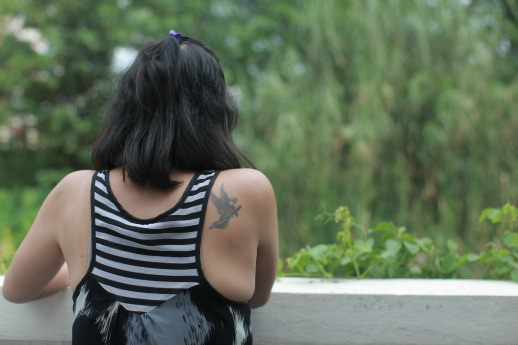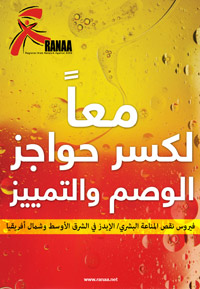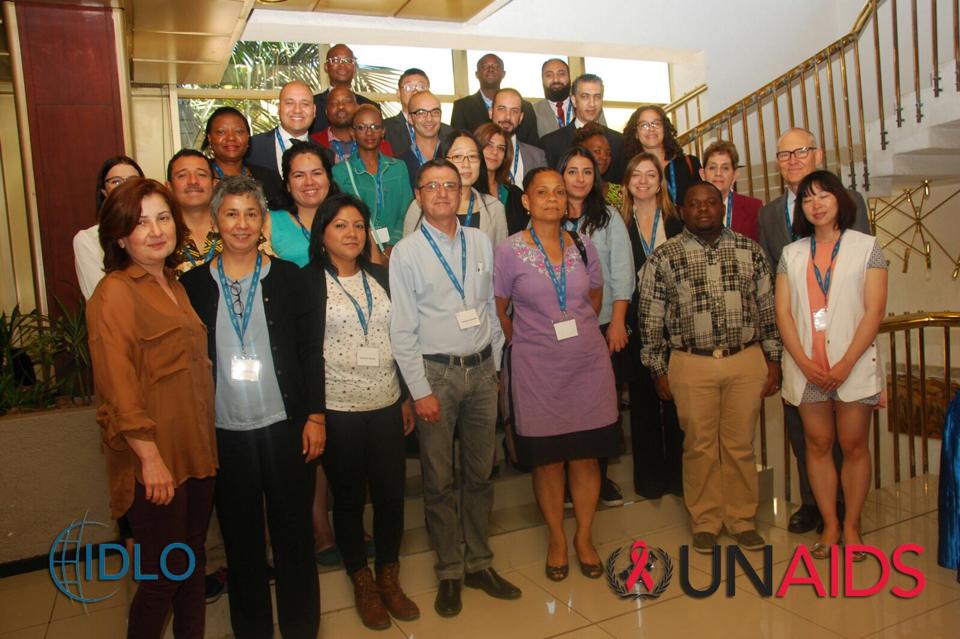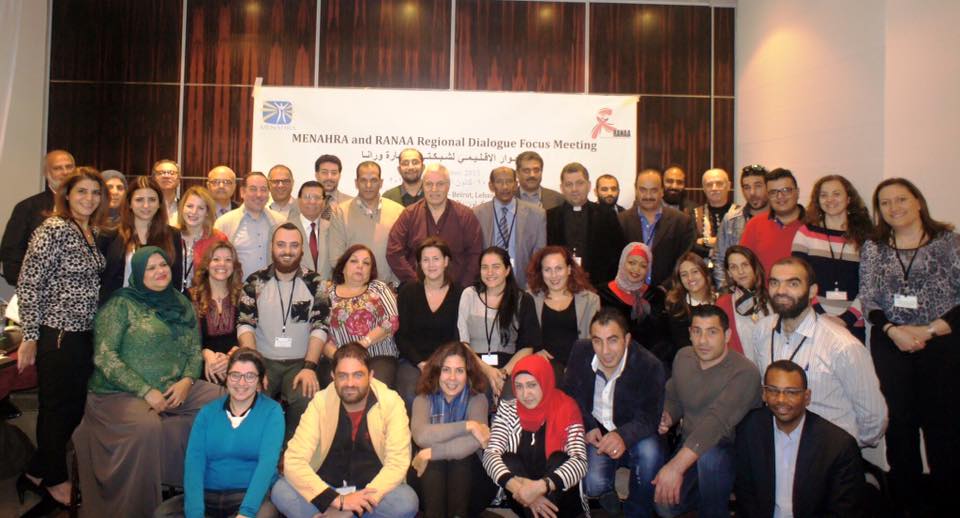“I was 18 years old, when a school friend introduced me to drugs,” said Pam, who is now in her thirties and lives in Chiang Mai, a major city in northern Thailand.
“When I was 22, I met a guy, who became my lover. We injected drugs together. At that time I was sharing needles with many people,” said Pam.
When she was 25 years-old, a friend invited Pam to join an insurance programme, but she needed to go through a medical examination which included an HIV test. That is when she found out she was living with HIV.
My boyfriend and I carried on pretty much as usual, using drugs. We would comfort each other and reassure one another that if we ever got sick we could start taking HIV treatment,” said Pam.
A year later, Pam became very sick, losing weight, struggling with nausea and an infection which turned her skin yellow. Through the encouragement of a friend she went to the hospital and started treatment
“My CD4 count was low, but with treatment I became healthy again,” said Pam.

There are 3.15 million people who inject drugs in East and South-East Asia, which is one quarter of people who inject drugs globally. The region is at the forefront of the largest injecting drug problem in the world. People who inject drugs are vulnerable to HIV. hepatitis, tuberculosis and other infectious diseases, accounting for an estimated 30% of new HIV infections outside of of sub-Saharan Africa. From 18-21 October, the 24th International Harm Reduction Conference is taking place in Kuala Lumpur with around 1000 community activists, scientists, politicians, researchers, welfare workers, doctors and United Nations representatives from around 60 countries.
Research finds that women who use drugs irrespective of whether they inject or not are at high risk of HIV and are often more stigmatized and discriminated against than their male counterparts. Women who use drugs and sell sex are also more likely to share needles and syringes and other injection paraphernalia and have unprotected sex with their clients and intimate partners. They are also more likely to experience sexual and physical violence and incarceration.
“Science shows that to respond to HIV and other health risks of women who inject drugs, services must be tailored to the needs of female drug users and include support for pregnant women and women with children,” said Steve Kraus, Director of UNAIDS Regional Support Team for Asia and the Pacific.
Pam works now for the Thai Drug Users’ Network, a drop in centre for men and women who use drugs, which provides clean needle and syringes, HIV prevention, as well as support for HIV testing and opioid substitution therapy. The centre includes a safe space for PWUDs to socialize and use the internet.
“People who use drugs can come to the centre voluntarily and that is what they like about our programme,” said Pam.








